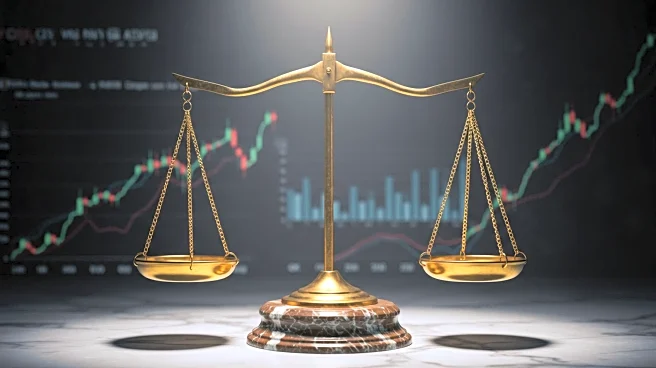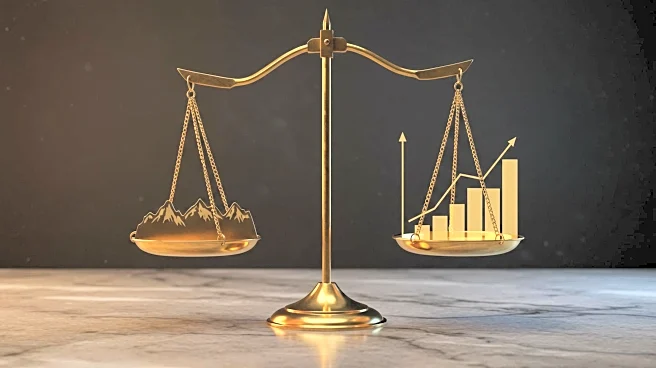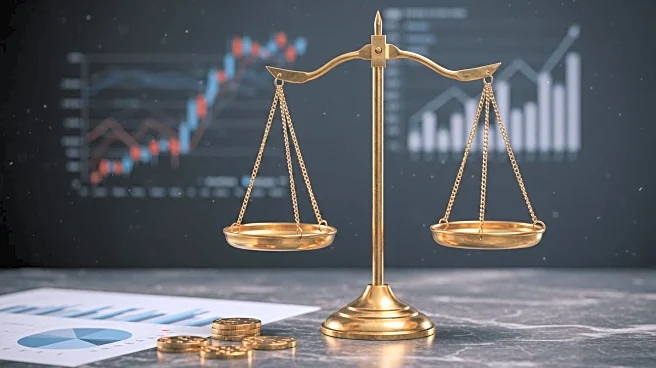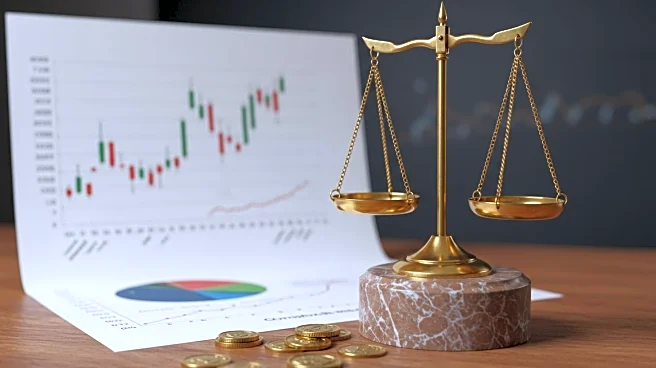Rapid Read • 8 min read
Federal Reserve Chairman Jerome Powell is set to deliver a significant speech at the annual central bank conference in Jackson Hole, Wyoming. This event is closely watched by policymakers and investors as it often provides insights into future monetary policy moves. Last year, Powell indicated a shift towards rate cuts, citing confidence in inflation returning to the 2% target. However, this year, Wall Street anticipates a resumption of rate cuts in September, following a pause due to President Trump's tariffs impacting the economy. Despite these expectations, Powell may not provide clear signals this time. Analysts are divided, with some suggesting that persistent inflation above the Fed's target and the effects of tariffs could delay rate cuts. The debate continues over whether weak jobs data is due to demand or supply issues, with potential implications for inflation and monetary policy.
AD
The outcome of Powell's speech holds significant implications for the U.S. economy and financial markets. A decision to delay rate cuts could disappoint investors who have priced in a September reduction, potentially leading to market volatility. The Fed's stance on interest rates affects borrowing costs, consumer spending, and business investment, influencing overall economic growth. Additionally, the speech comes amid ongoing pressure from the White House for the Fed to ease monetary policy. The balance between controlling inflation and supporting employment is crucial, as any misstep could exacerbate economic challenges. Stakeholders, including businesses and consumers, are keenly observing the Fed's actions, as they directly impact economic stability and growth prospects.
Following Powell's speech, attention will shift to upcoming economic data, particularly the August jobs report, which could influence the Fed's decision-making process. If the report shows significant weakness, it may strengthen the case for a rate cut. Conversely, if inflationary pressures persist, the Fed might maintain its current policy stance. Market participants will also monitor statements from other Fed officials to gauge the likelihood of future rate adjustments. The Fed's dual mandate of controlling inflation and maximizing employment will continue to guide its policy decisions, with potential implications for the broader economy.
AD
More Stories You Might Enjoy










